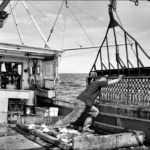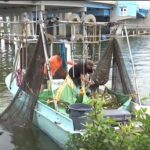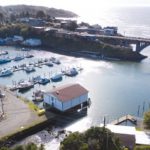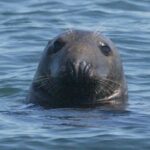Tag Archives: Alaska commercial fisheries
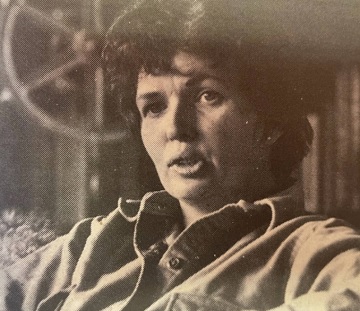
Kenai Peninsula fisherman Snooks Moore retires from lifelong participation in Alaska commercial fisheries
Homer’s Snooks Moore has spent her life in Alaska commercial fisheries. After 38 years in the salmon drift fishery, the 79-year-old Kenai Peninsula woman will, for the first time, not be heading to Bristol Bay with the F/V Razor’s Edge. “She wanted to keep fishing, but Grandpa wanted to go travel and enjoy life. It’s been about four years that he’s been pushing for it and she finally agreed,” her grandson Justin Arnold, said. The Moore family has been in the Cook Inlet area for many generations and Moore originally started fishing in setnet operations in the Kasilof region. She also participated in the Cook Inlet drift fisheries and then False Pass for several years before heading to summers in Bristol Bay. “My folks had setnet sites on Kalifornsky Beach, where I spent all my childhood, that they bought from my uncle Jack in 1939. They also had some sites closer to the Kenai River,” Snooks Moore said in a conversation on June 7. >click to read< 16:23
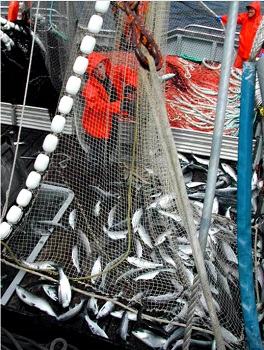
2020 Forecast: Bristol Bay still looks bright, but fishermen face cuts in cod, crab and halibut
Judging by the forecasts, 2020 could be an eventful year in Alaska’s commercial fisheries. Even though not all the forecasts and catch limits are rosy, there are some bright spots, such as an increased eastern Bering Sea snow crab total allowable catch and another promising forecast for Bristol Bay sockeye salmon. However, fishermen this winter are looking at tighter limits in some groundfish fisheries, particularly in the Gulf of Alaska. >click to read< 11:50
2016 hauled in mixed bag for Alaska commercial fisheries
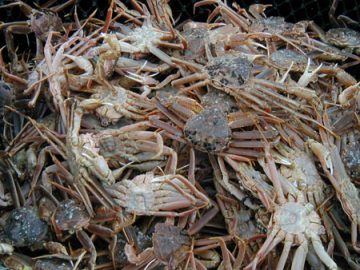 As with any season, 2016 had plenty of winners and losers in the Alaska commercial fishing industry. The year started off with a huge sigh of relief from Upper Cook Inlet salmon setnet fishermen when the Alaska Supreme Court over-ruled a decision by a Superior Court judge that would have allowed a ballot measure to ban setnets in “urban areas,” but was targeted at Cook Inlet. If the ballot measure had been allowed to go to a vote and had won, it not only would have made it more difficult to manage the sockeye fishery, but it also would have eliminated the livelihood of the 700 Upper Cook Inlet setnet permit holders, 85 percent of which are Alaska residents. At the beginning of the year, halibut fishermen were feeling optimistic,,, Salmon fisheries across the state fell far short of expectations,,, Read the rest of the story here 11:33
As with any season, 2016 had plenty of winners and losers in the Alaska commercial fishing industry. The year started off with a huge sigh of relief from Upper Cook Inlet salmon setnet fishermen when the Alaska Supreme Court over-ruled a decision by a Superior Court judge that would have allowed a ballot measure to ban setnets in “urban areas,” but was targeted at Cook Inlet. If the ballot measure had been allowed to go to a vote and had won, it not only would have made it more difficult to manage the sockeye fishery, but it also would have eliminated the livelihood of the 700 Upper Cook Inlet setnet permit holders, 85 percent of which are Alaska residents. At the beginning of the year, halibut fishermen were feeling optimistic,,, Salmon fisheries across the state fell far short of expectations,,, Read the rest of the story here 11:33

































